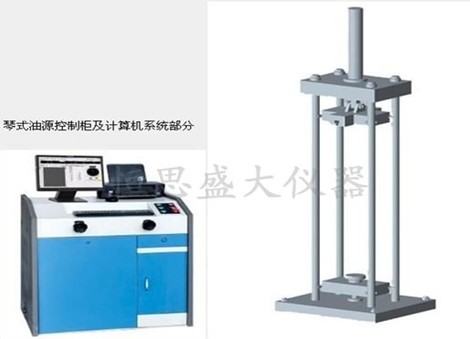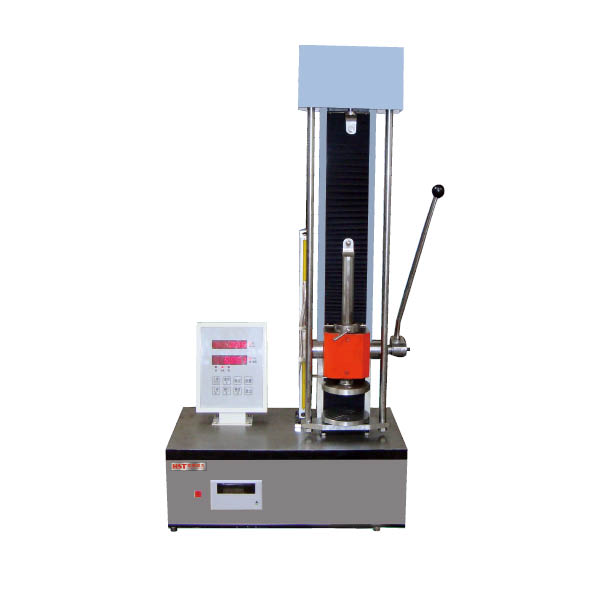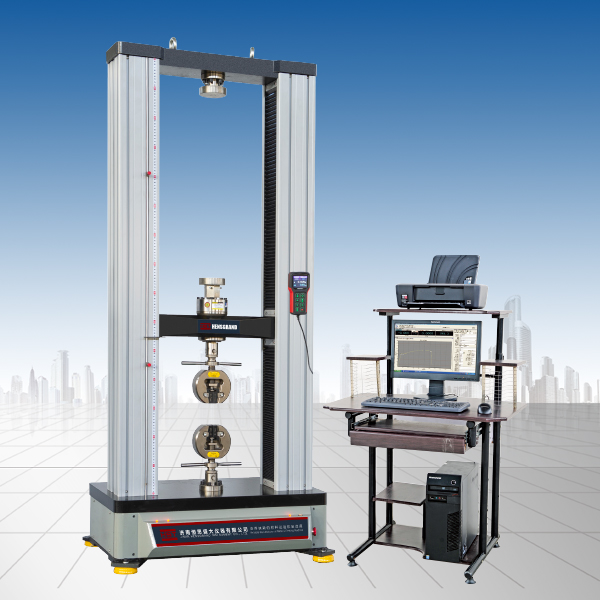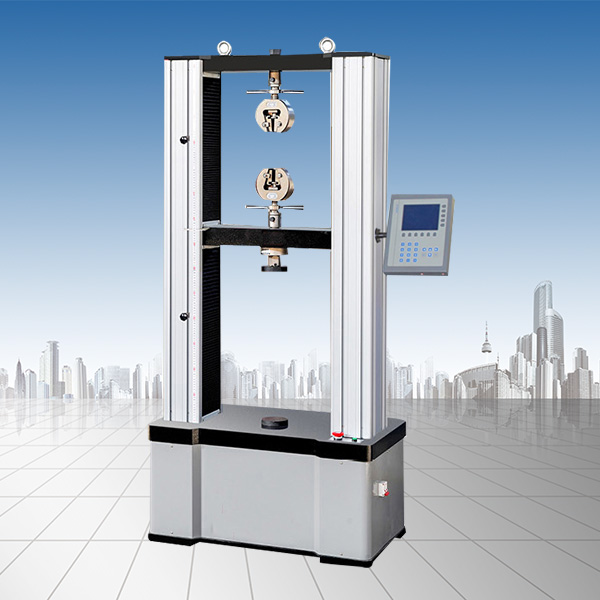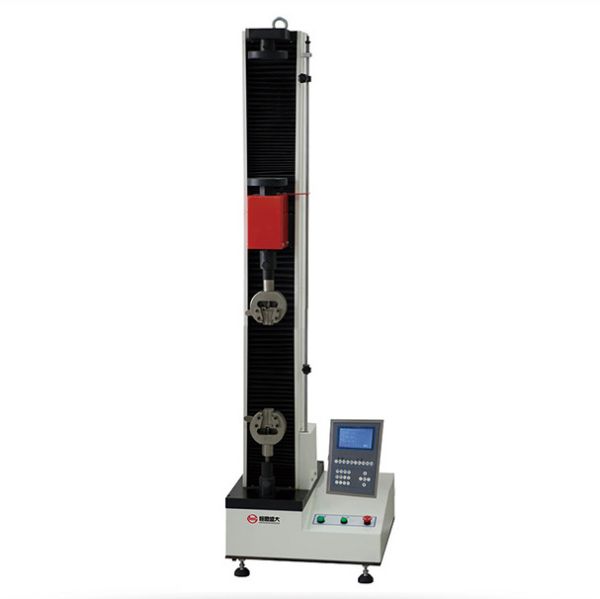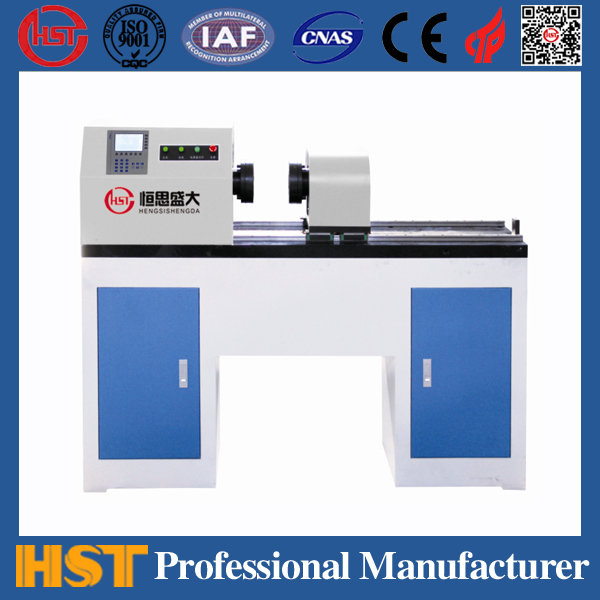News
Why is it said that the tension machine can meet the different testing needs of users
Release time:2019-04-28 source:Jinan Hengsi Shanda Instrument Co., Ltd. Browse:
The tension machine can detect unnecessary samples by matching different fixtures, which is also one of its advantages. The tension machine is mainly composed of four parts: loading mechanism, force measurement system, deformation measurement device and safety protection device. Among them, the force sensor in the force measurement system is the main bearing component of the tension machine. Its working principle is to use electronic measurement to indirectly measure the force value. The tension machine will amplify the signal output by the load sensor through the measurement amplifier, convert the force and deformation into electrical parameters, and then display the results of force measurement and deformation on the microcomputer display screen. Let’s talk about why the tensioner can meet the different testing needs of users. Let’s take a look.
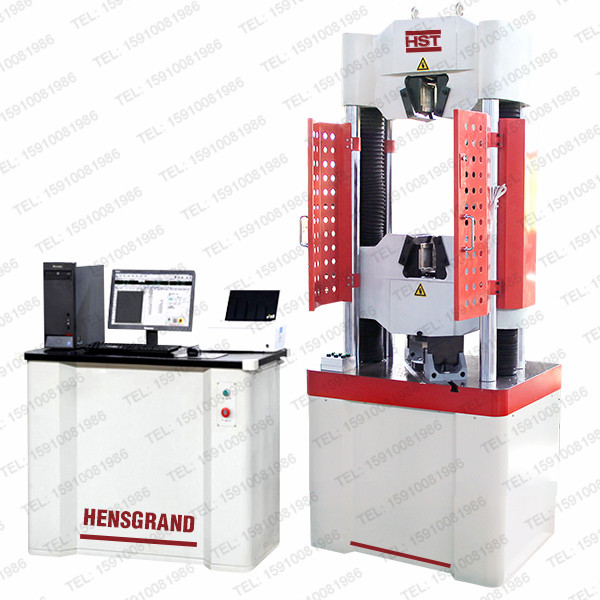
The tensile machine also has a wide range of applications, equipped with more than 100 different sample fixtures for users to choose from, which can meet the testing requirements of more than 1,000 materials; the tensile machine manufacturer also provides customized services to meet the testing needs of different users according to the different materials of users.
The professional control software of the tensile machine provides a variety of practical functions such as statistical analysis of group samples, superposition analysis of test curves, and historical data comparison. It supports laboratory data sharing system, unified management of test results and test reports, clamps the tensile machine samples between the two chucks of the fixture, and the two chucks move relative to each other. Through the force value sensor located on the moving chuck and the machine's built-in displacement sensor, the force value changes and displacement changes during the test are collected, thereby calculating the performance indicators of the sample's tensile, tear, deformation rate and other performance indicators.
The tensile machine test can be automatically archived and manually archived. After the test is completed, the maximum force, upper and lower yield strength, ring method, gradual approximation method, non-proportional extension strength, tensile strength, compressive strength, fixed elongation strength at any point, fixed load extension, elastic modulus, elongation, maximum value of peeling interval, small value, average value, net energy, total energy, bending modulus, breakpoint displacement x% load, breakpoint load X% displacement, etc.
Tension machines mainly produce the following types of products: force measuring instruments, tension machines, vulcanizer material testing machines; non-metallic material testing machines; force and deformation testing instruments; balance machines (including on-site balance instruments); vibration tables; non-destructive testing instruments (magnetic powder flaw detectors, X-ray flaw detectors, force detectors, tension machines, vulcanizer flaw detectors, ultrasonic flaw detectors, force detectors, tension machines, vulcanizers, acoustic emission detectors, etc.); tension machines are used in different fields to meet the different detection needs of users.
At present, tensile machines are widely used in some industrial manufacturing departments such as chemical industry, petroleum, building materials, machinery, shipbuilding, and transportation. They also appear in laboratories of some universities and scientific research institutions, and the market demand is obvious. There are many types of tension machines, which are generally divided into chemical testing machines and physical performance testing machines. They all have different functions, and are all used to detect whether their products meet the national standards. This is why the tensioner can meet the different detection needs of users. I hope the above can be helpful to everyone.
Recommended productsPRODUCTS


















